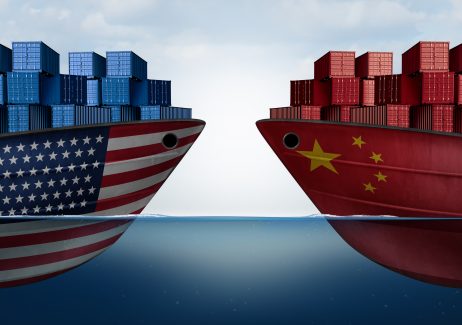When countries impose tariffs on each other, the effects ripple through both national economies and the daily lives of ordinary citizens. Below is a structured analysis of these impacts.
1. Economic Consequences for the Country
Trade Volume Reduction
- Tariffs typically reduce imports by making foreign goods more expensive. For example, U.S. tariffs in 2025 were projected to decrease imports by 10–30% 1.
- Exports may also decline due to retaliatory tariffs. The U.S.-China trade war saw American soybean exports to China plummet, costing farmers $26 billion in losses 13.
GDP Growth Slowdown
- Tariffs disrupt supply chains, increase production costs, and reduce efficiency, leading to slower economic growth.
- The uncertainty from trade wars discourages investment, further dampening GDP expansion 18.
Inflationary Pressures
- Tariffs raise prices of imported goods, which can spill over into domestic inflation. For example:
- U.S. steel and aluminum tariffs were projected to increase core inflation by 30–40 basis points 1.
- Washing machine prices rose by 12% after tariffs were imposed in 2018 4.
Sectoral Shifts & Job Market Disruptions
- Protected industries (e.g., steel) may gain jobs, but downstream industries (e.g., auto manufacturing) often suffer due to higher input costs.
- In the U.S., steel tariffs created ~150,000 steel jobs but risked over 2 million jobs in steel-dependent industries 8.
- Retaliatory tariffs disproportionately affect export-reliant sectors like agriculture 3.
2. Impact on Ordinary Citizens
Higher Consumer Prices
- Tariffs increase costs for imported goods, from electronics (up to 11%) to groceries (2–3%) 1.
- The average U.S. household faced an estimated 1,600–1,600–2,000 in additional annual costs due to tariffs 1.
Reduced Purchasing Power
- Inflation from tariffs erodes disposable income, particularly hurting low- and middle-income families 47.
Employment Uncertainty
- While some workers in protected industries benefit, others in export-dependent or import-reliant sectors face job losses.
- The 2018 U.S.-China trade war led to layoffs in agriculture and manufacturing 36.
Supply Chain Disruptions
- Tariffs complicate global supply chains, leading to shortages or delays in goods like auto parts, electronics, and medical supplies 8.
3. Long-Term Risks
- Trade Wars Escalation: Tit-for-tat tariffs can spiral into prolonged conflicts, as seen in the 1930s Smoot-Hawley tariffs, which worsened the Great Depression 37.
- Weakened Multilateral Trade Systems: Unilateral tariffs undermine institutions like the WTO, reducing predictability in global trade 28.
- Structural Economic Inefficiencies: Prolonged protectionism may shield inefficient domestic industries, reducing competitiveness 16.
Conclusion
Tariffs create short-term economic disruptions (higher prices, job losses) and long-term risks (trade wars, slower growth). While they may protect specific industries, the broader economic and social costs often outweigh the benefits. Policymakers must weigh these trade-offs carefully to avoid unintended harm to citizens and the economy.

